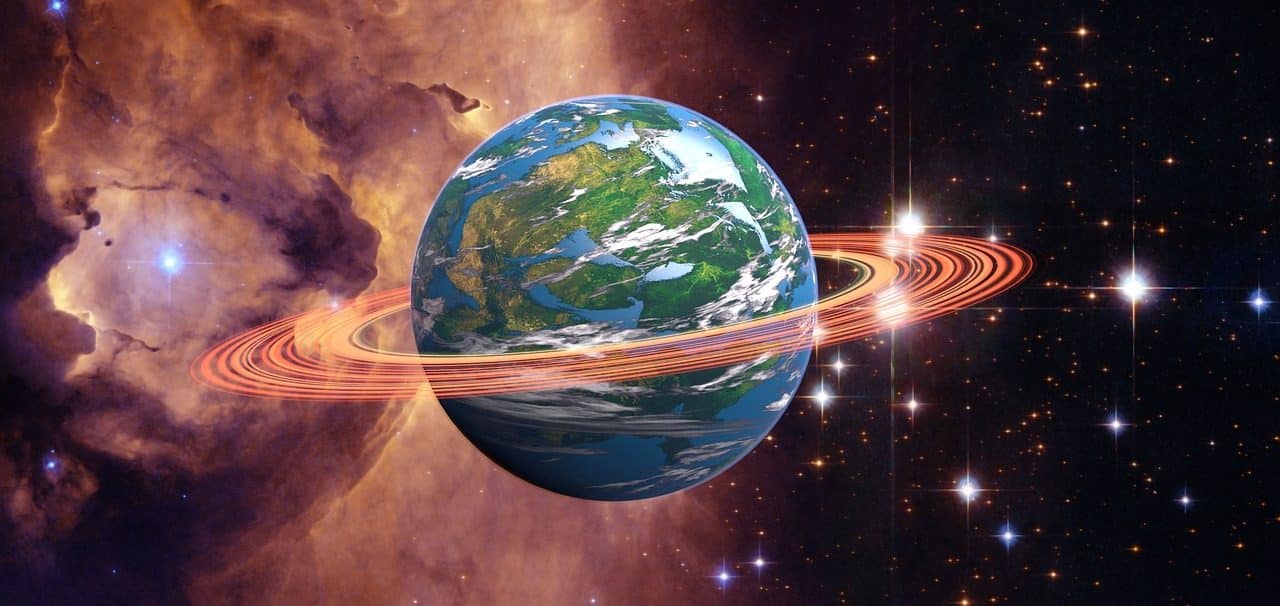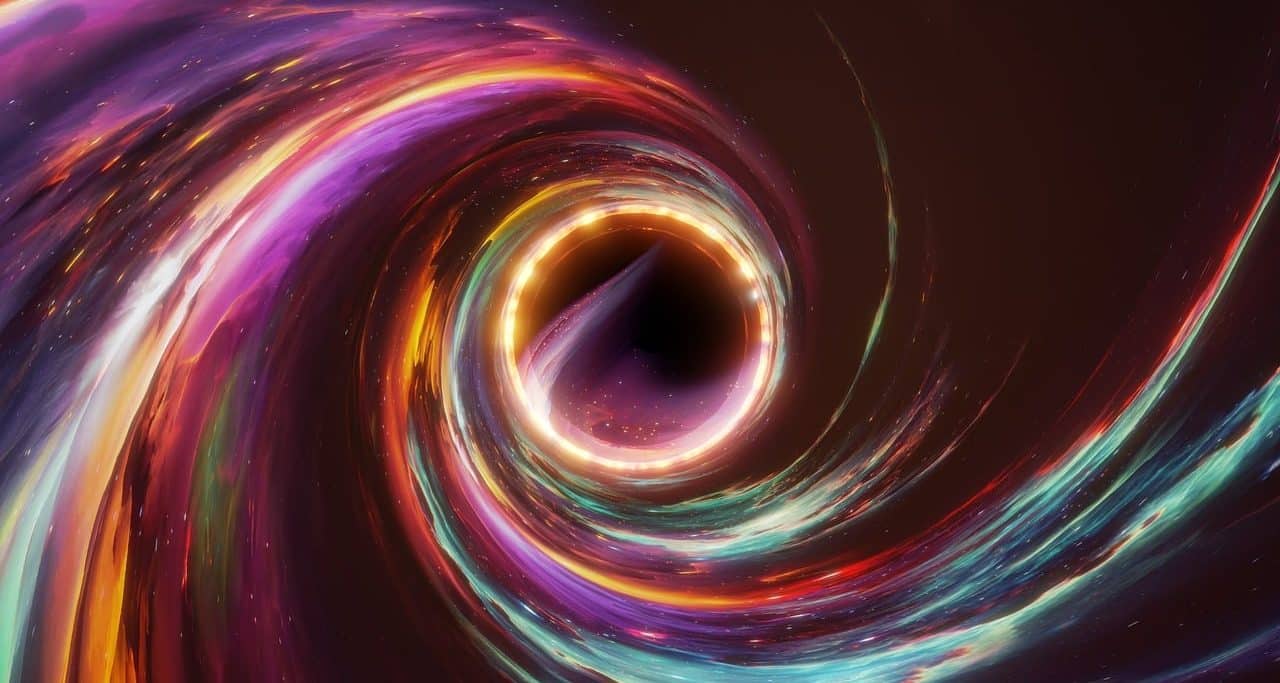
The phenomenon called gravitational or gravitational lensing consists of a halo of light, emerging from bright objects located at a considerable distance, ending up curved around a certain massive object.
Gravitational lens is a notion, also known as gravitational lens , that is present in the field of astrophysics . It is a concept intended to describe a phenomenon that arises when a beam of light coming from various bright and distant objects is curved around a massive object (such as a galaxy ) that is located between the object that is considered the emitter and that who plays the role of receiver.
Albert Einstein , through the theory of general relativity , predicted this issue that could be verified accurately in 1919 . It is worth mentioning that this postulate alludes to the deformation of space-time and leaves out the conception of gravity as a force by positioning it as a consequence, an effect of curvature of space-time .
Types of gravitational lens
There are three types of gravitational lens , as experts on this topic have been able to determine.
One of them is the strong lens effect , characterized by a series of distortions that are easy to detect. This set includes, among others, the so-called Einstein ring , which owes its name to the appearance that the deviation of light achieves when a source , a lens and an observer are arranged in the same line.
Based on the observation and analysis of a considerable number of background objects, the weak lens effect is also noted, while there is a third variety, classified as microlensing , in which apparently there is no distortion in the shape although there is There are, in background objects, weak variations in the intensity of light .
It is enriching to know that each gravitational microlens makes possible the exploration of objects that have the peculiarity of emitting from a faint or scarce light to practically none. It is even useful for detecting the mass of a planet or a star , regardless of the type of light they manage to radiate.

When, due to the effect of gravity, the space ends up curving, obstructing the reflow of light emitted by an object located behind it, the phenomenon of gravitational lensing occurs.
Applications
Before emphasizing the multiple applications of gravitational lenses, it is worth keeping in mind that they are not limited to acting on visible light but also have an impact on any type of electromagnetic radiation .
As can be deduced from practice, gravitational lenses are relevant specifically in the field of cosmology and, at a more general level, they capture the attention of those who, today, are dedicated to various branches of astronomy .
They are used, to indicate specific cases as a reference, to track dark matter and investigate exoplanets . In this sense, it should be noted that thanks to this phenomenon it is possible to detect anything from a black hole to a wide variety of massive objects with an invisible profile.
If you want to detect lights coming from very distant elements or bodies, meanwhile, it is common to use gravitational lenses as if they were telescopes . In fact, NASA specialists have considered using the sun as a telescope in order to take advantage of the gravitational lensing effect .
Discoveries and news about gravitational lenses
Gravitational lenses have long been a great object of study and experimentation. For this reason, discoveries and news on the subject come to light relatively frequently.
Seasons ago, for example, it emerged that a group of astronomers in Chile developed a technique, which they called gravitational arc tomography , in order to facilitate the exploration and analysis of galaxy halos . In this context, we worked with a cluster of galaxies acting as gravitational lenses since they managed to exalt and alter the light coming from a distant source galaxy. The result was a huge gravitational arc . By decomposing the light of said arc, for the first time it was possible to evaluate and observe in a pair of spatial dimensions the particularities and properties of the gaseous material present in the galaxy positioned between the observer and the source.
When communicating this news, it was pointed out that, prior to this applied method that led to adding the tomographic dimension to the research process, the probing of distant galactic haloes required the use of light coming from more distant quasars . For the feat, both the Hubble space telescope and an integral spectrograph from the Very Large Telescope Observatory (VLT) were used.

Gravitational lensing is used, for example, to detect dark matter, black holes, etc.
It has also been reported on a global scale that the James Webb space observatory detected at the end of 2023 a massive galaxy cluster causing the phenomenon called gravitational lensing, which led to the production and obtaining of five different images of a distant galaxy . This galaxy , named MRG-M0138 (where a supernova occurred in 2019 ), appears deformed as a result of the intense gravity associated with the intermediate set of galaxies. Based on these data, a NASA astronomer who was in charge of said research expressed that, as a consequence of the explosion of a supernova behind a gravitational lens , that light reaches planet Earth through various routes.
